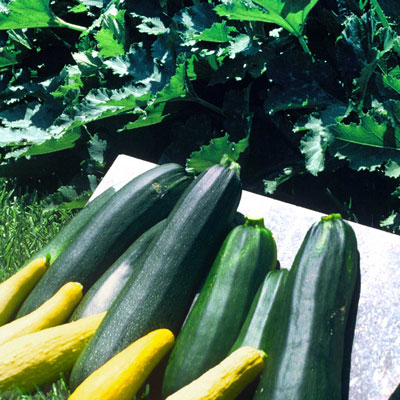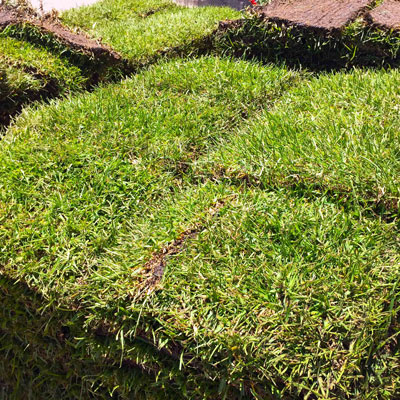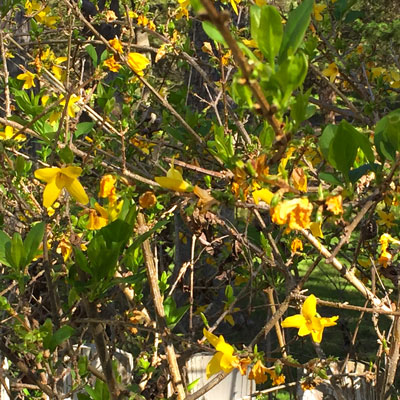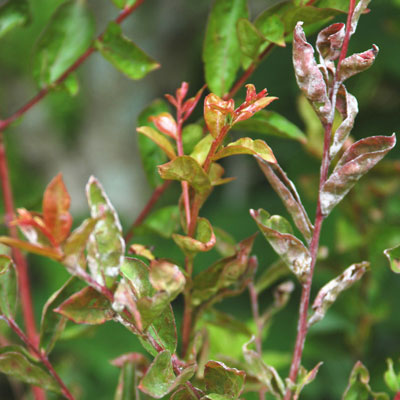Gardening for this Weekend: March 24, 2016
I’m hearing from a few areas that there was enough frost and sub-freezing weather last weekend to do a little damage to new plants. And last Friday’s hailstorm in the Metroplex did a real number on cars, roofs and plants. As did last night’s hailstorms in the same general area.
Plant: For the southeastern two-thirds of Texas (near or south of I-20, but not including the mountains of West Texas) warm-season annual flowers and vegetables (everything from beans and zucchinis to begonias and zinnias). Replant any that suffered freeze or frost damage. In that general area you should have good odds of making it through the balance of winter with no additional frosts or freezes. Areas north of that line need to wait another week or two. Note: Plants like southern peas, okra, periwinkles and caladiums need much warmer soil. Wait a month or more to plant them.

Summer squash seeds can be planted now in all of Texas except the Panhandle and mountains of West Texas.
If you had hail damage, tender seedlings and transplants should probably be replaced with vigorous new plants. Trees and shrubs will leaf out again, but tops of branches of trees may have sustained bruises from the hailstones. Those branch tops may actually develop decayed areas over the next couple of years. Watch them closely.

Sod from South Texas farms (support the Texas sod industry) is ready for planting.
Prune: Spring-blooming shrubs and vines soon after they finish flowering. Erratic new spring growth off vigorous shrubs, but try to maintain them in natural growth forms (not cubes or globes). Mow lawn, even “scalp” it to get rid of many spring weeds, get the grass off to a neat and tidy start.

Forsythia in Sperry landscape two days ago. It’s ready to be pruned and reshaped before any more energy goes into producing new growth.
Fertilize: (First of the season!) Lawngrasses south of the I-20 and I-30 corridors. Most soil tests show that we need to add no phosphorus to our soils, especially clays – that they already have far too much of it. Oddly, that same information also applies to almost all of the plants that you grow. Texas A&M also instructs us that we must use fertilizers that contain half or more of their nitrogen in slow-release form. Let your local independent retail garden center owner or manager explain it to you. They will have what you need.
Spray: Aphids on tender new growth, either with an insecticide or with a hard stream of water. Powdery mildew with a labeled fungicide. Non-grassy weeds with a broadleafed weedkiller spray. (I have never been an advocate of weed-and-feed products.)

Powdery mildew affects many types of plants. This is an older variety of crape myrtles. New types rarely exhibit it.
